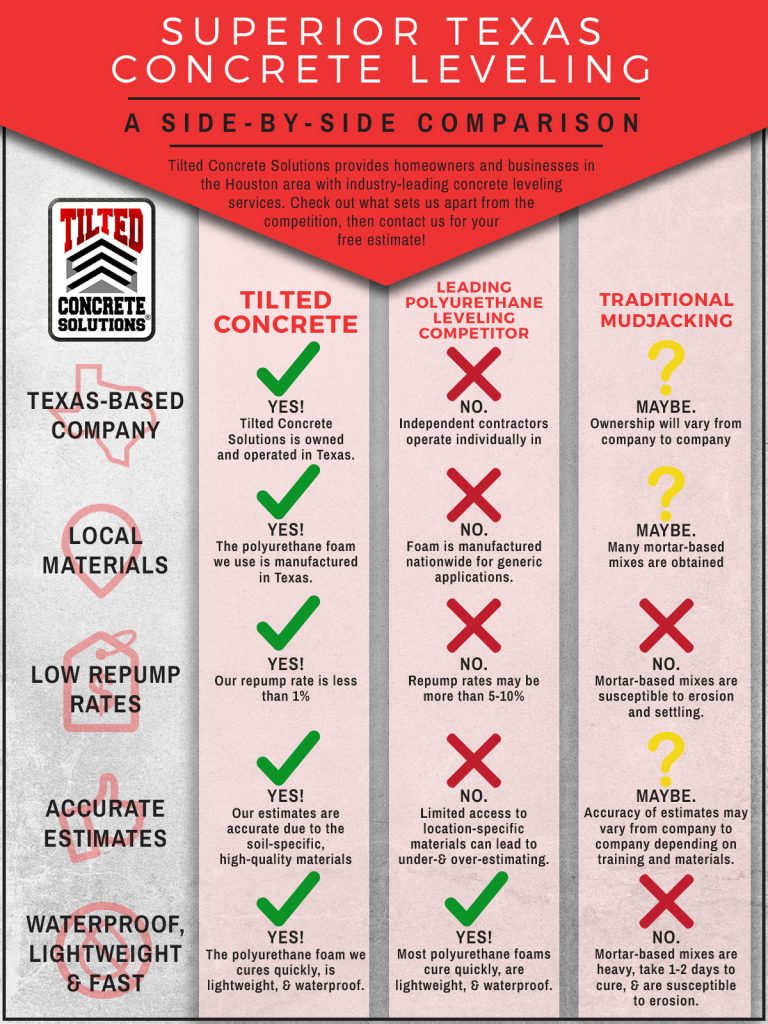When you're budgeting for a commercial paint task, it's easy to neglect certain costs that can creep up on you. You might assume you've covered whatever, yet hidden costs like surface preparation and permits can quickly accumulate. By identifying these prospective challenges early, you can develop an extra exact budget plan. However what you could look here should you consider to prevent those costly shocks? Allow's explore how to assess your project's range successfully.
Evaluating the Extent of Your Task
Prior to diving into a business paint work, it's important to evaluate the range of your task.
Start by determining the locations that require paint and the complete square footage included. Consider the kind of surfaces, whether they're drywall, timber, or metal, as this affects the materials and labor required.
Next off, review the condition of these surface areas; any repairs or prep work will certainly influence your timeline and spending plan.
Do not forget to make up the sort of paint you desire, as high quality can vary significantly in rate.
Ultimately, think of access. If certain areas require unique tools or added safety measures, you'll need to factor those expenses into your total budget.
Understanding these components will certainly set you up for success.
Identifying Potential Hidden Prices
Once you have actually examined the scope of your commercial paint job, it's time to think about the prospective hidden costs that can arise.
You may ignore expenditures like surface preparation, which can include cleaning, patching, or priming. Weather-related hold-ups can additionally bring about unexpected prices, so keep an eye on the forecast.
If your building has multiple degrees or hard-to-reach locations, you may sustain extra labor costs. Furthermore, think about the cost of permits or inspections that may be called for by regional policies.
Finally, don't forget the potential for boosted expenses if you need special coatings or products. By determining these feasible surprise expenses ahead of time, you can budget better and avoid surprises down the line.
Creating a Contingency Strategy
As you move forward with your industrial paint work, it's vital to develop a contingency plan that attends to unforeseen obstacles.
Beginning by identifying potential risks, like weather delays or supply shortages. Assign a section of your budget-- usually 10-15%-- to cover these unexpected expenditures.
Next off, set clear timelines and connect them with your group, so everyone's on the very same page. Regularly assess your strategy and adjust it as needed, particularly if situations change.
Lastly, ensure you have reliable calls, such as distributors and subcontractors, who can assist you navigate any type of issues that arise.
Conclusion
Finally, budgeting for your industrial paint work requires careful planning and understanding of prospective covert expenses. By examining the scope of your project and recognizing areas where costs may arise, you can develop a more precise budget. Always include a backup plan to take care of unanticipated concerns. Staying flexible and assessing previous projects will certainly likewise assist you make informed decisions. With these suggestions, you'll be better prepared to handle your costs and guarantee an effective result.
